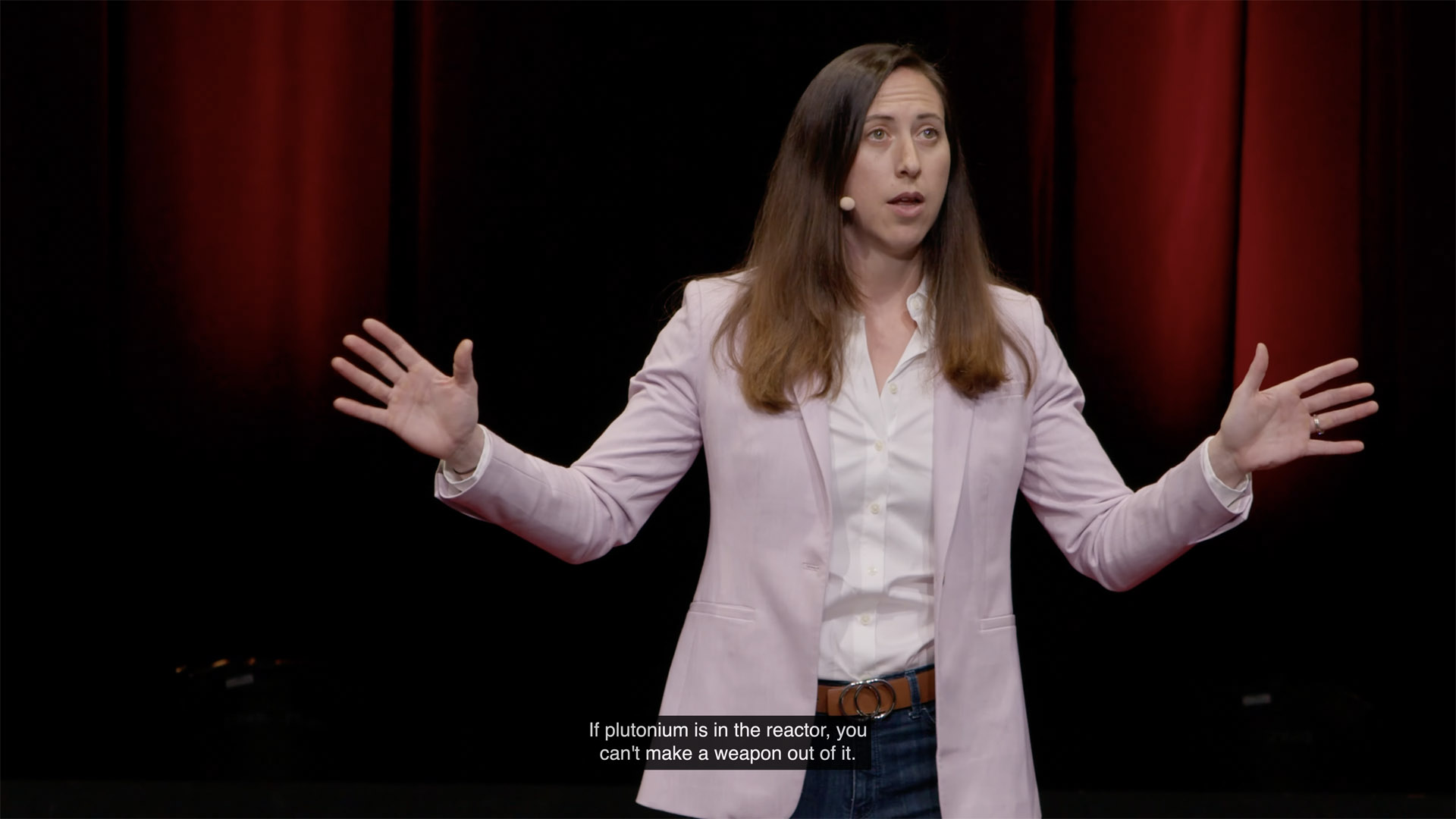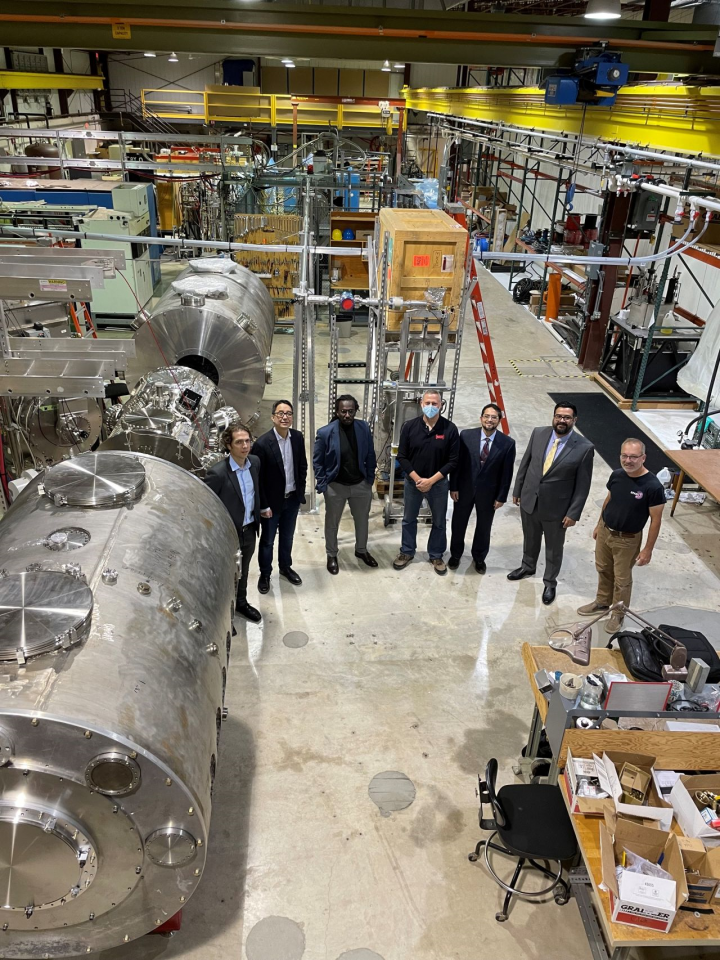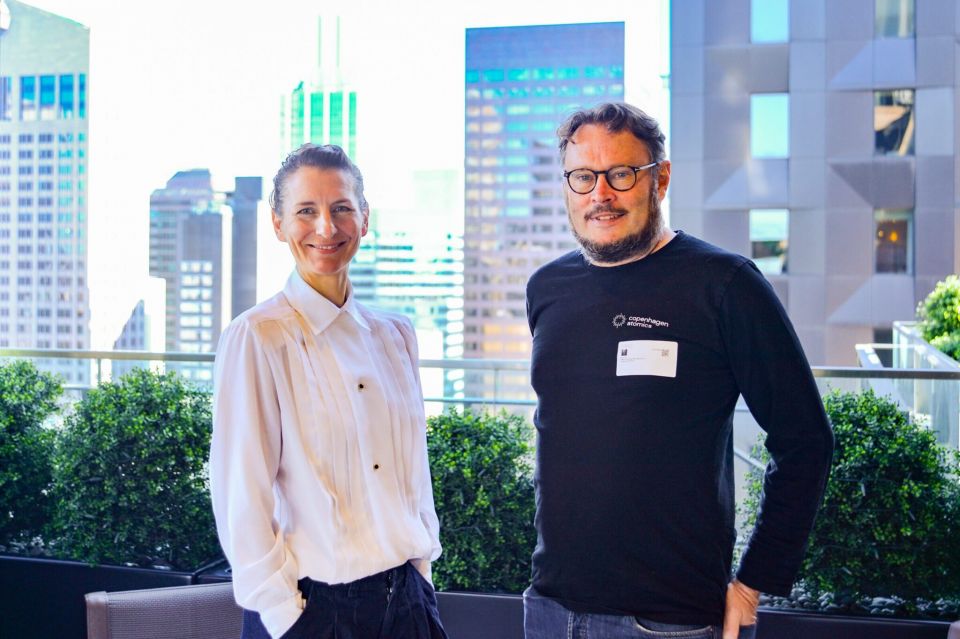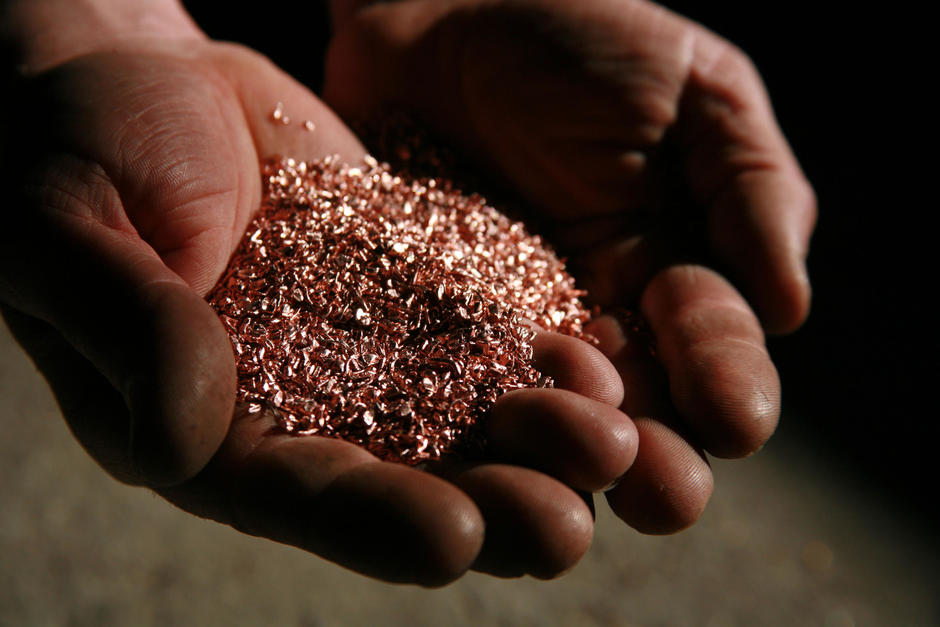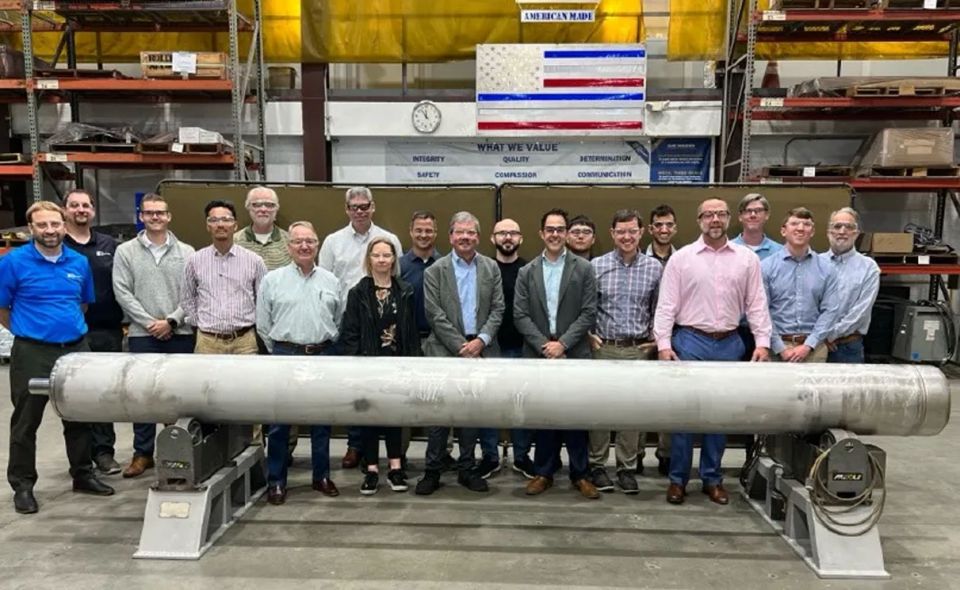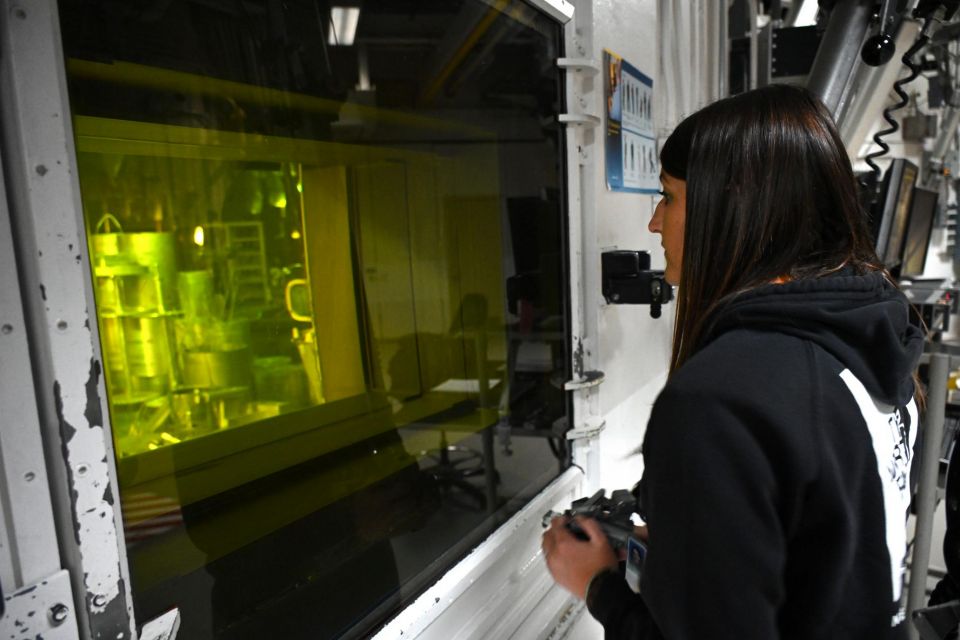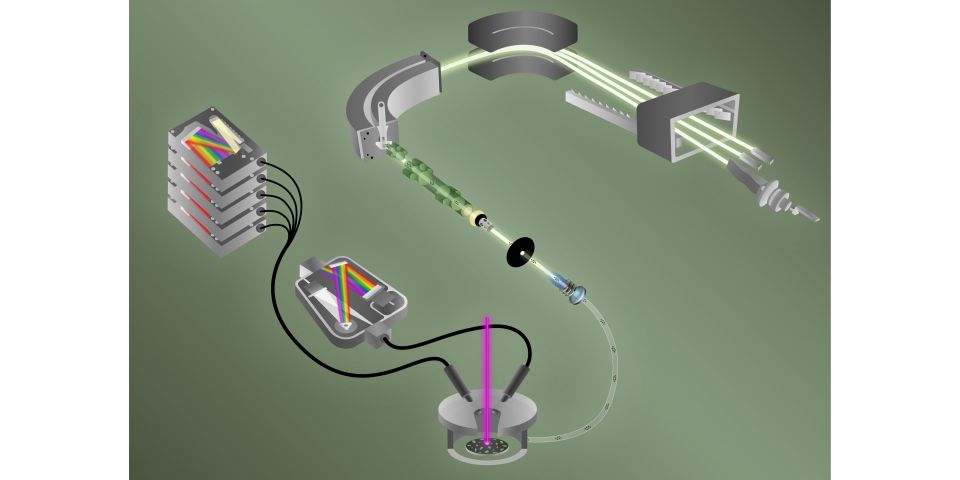Two concerns: Shafer, whose research activities at ARPA-E focus on the development of proliferation-resistant technologies in advanced reactor deployment and on the management of nuclear waste and used nuclear fuel, begins her TEDx talk with an observation. “Pretty much any time I talk to someone about nuclear energy, they have one of two concerns. The first one: Is nuclear safe? And to that I say, yes, nuclear is arguably the safest energy technology in existence, and future reactors are planned to be even safer. The second question: What about the waste?” To that question she has a simple response: “Nuclear waste is not waste.”
She continues, “Ninety-five percent of the energy value [of nuclear waste] is still sitting there waiting to be used. . . . There’s so much potential there. We just need nuclear recycling to help us get us there.”
A different moniker: Shafer goes on to suggest that nuclear waste might be more properly called “nuclear treasure,” because of its continued value as an energy resource, explaining that most of the elements in waste are “uranium and plutonium, and you can make energy from them again. But a small fraction of them, that 5 percent, are these expensive elements like rhodium or palladium or critical life-saving elements like medical radioisotopes.
“If we recover the material and separate the uranium and plutonium and put them back into the reactor and then sell the expensive and life-saving elements, then nuclear recycling starts to make a lot of sense.”
Plutonium problem: Shafer addresses the issue of proliferation by noting that “many of the recycling technologies, some of our most developed ones, generate pure plutonium streams. That’s right—that plutonium that has been used in nuclear weapons,” which is a clear concern for nonproliferation. “If [that plutonium] ends up in a nuclear bomb instead of a nuclear reactor, we could have a life-altering, Earth-shattering geopolitical consequence on our hands.
“And this is the work that my research group is working on at the Colorado School of Mines,” she continues. In addition to her ARPA-E role, she leads a research group at the university working on the development of more efficient nuclear separations that generate less waste “by co-recovering all the energy-producing elements—the uranium, the plutonium, and some like neptunium and americium.”
Back in the reactor: By co-recovering the plutonium from the waste stream, “we actually make a material that is much, much less attractive for making a nuclear bomb,” Shafer explains. “Additionally, one of the most important things we can do is get plutonium back in the reactor, so that it’s being split into lighter elements that you can’t make a weapon out of.”
Shafer further notes that new sensors and digital technologies make it easier for operators to “keep better track of the plutonium in the nuclear recycling facility,” thereby adding to nonproliferation safeguards.
The full 10-minute talk is available on the TEDx Talks channel on YouTube.
